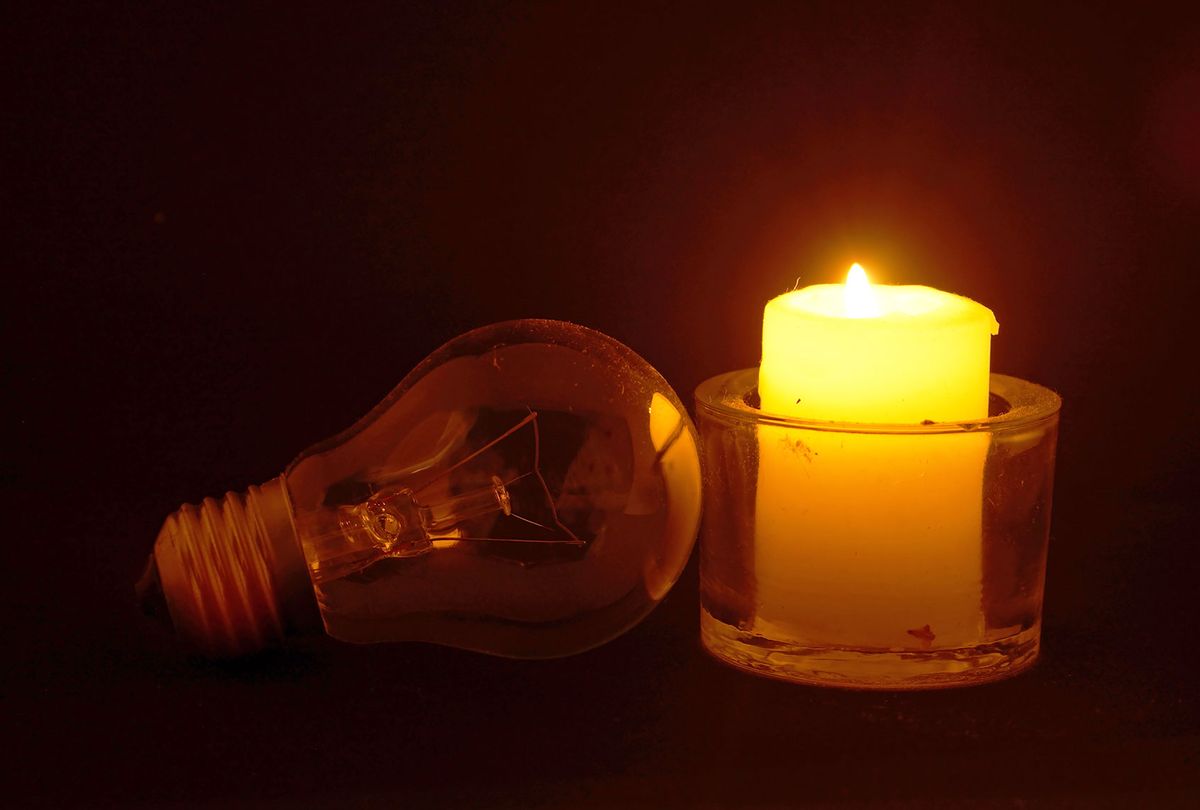At the time of this writing, nearly 5 million Americans are without power from North Dakota to Texas, as a massive winter storm blankets the nation. In some parts of the country, power companies are implementing rolling blackouts for a second day in a row to limit demand. At least 20 deaths have been connected to Winter Storm Uri, according to The New York Times, and countless others are in danger as people struggle to stay warm. Even in other states like Oregon unaffected by Uri, there is a massive blackout due to ice storms, and over 200,000 without power in that area.
Modern humans have become largely dependent on electricity for most of the trappings of day-to-day life. And while losing electrical power can certainly limit work and activities, power loss is doubly scary in the winter, given that most heating appliances are dependent on electricity to function.
Fortunately, if you or someone you love finds yourself without power during the winter, there are measures one can take to warm up without electricity, or with limited electricity.
For those who live in an area that is partially electrified or suffering only brownouts, experts say conserving power wisely is key. Tim Burke, president and chief executive officer of the Omaha Public Power District, suggested that his 300,000 customers lower their thermostats by a few degrees, turn off lights that they are not using, unplug devices that are not being used or need to be charged and postpone non-essential household chores like dishwashing and laundry.
If you are entirely without power, or suspect that you will be soon, your priorities should be to trap as much heat as you can — both in your residence, and in terms of your body itself.
For your residence, this means try to stay in one room with yourself and the other people who live in your house or apartment (and pets). Once there, close off that area from other rooms to avoid losing heat in the room where you currently are.
In addition, you should stuff rags, towels or other insulating materials into any cracks in interior doors, particularly those that are adjacent to the outside. If you have a generator, use it, but make sure to keep it no less than 20 feet away from your home to avoid carbon monoxide poisoning.
But that's not all that you can do. In order to keep heat in your place of residence, make sure to close all curtains and blinds (as well as windows, of course) at night. This helps insulate further and keep heat in. If you have a fireplace, candles or indoor-safe heater, use that to generate heat as well, but be careful: The last thing you want to do is start a fire that will put you and your loved ones in danger. The goal should be to trap as much heat as possible in the room that you and the people with whom you reside designate as the safest place for you to be, and to do so safely.
In addition to securing your location, you also need to secure your actual body. Wear multiple layers of clothing a hat, gloves, at least three layers of tops, at least two layers of bottoms and an outer layer to block out wind. The face masks that we all have been wearing during the pandemic actually trap heat on one's face, too, and can help keep you warm.
When sitting or sleeping, use as many extra blankets, winter coats and sleeping bags as you can. Make sure that, while doing this, you are not near anything that could set them alight; once again, you do not want to start a fire.
Finally, it is important to regularly eat and drink, since these activities keep your body warm. However, avoid caffeine and alcohol, as those substances actually make it harder for your body to retain heat. (Alcohol gives you the illusion of warmth by moving heat from your core to your extremities, but actually can exacerbate hypothermia.) You need to do a thorough inventory of your essentials and make sure to conserve them carefully. Only open your refrigerator and/or cooler when absolutely necessary and close it fully when you are done using it. Keep coolers packed with ice. Count to make sure that you have enough food and water to last for at least three to seven days. Also make sure you'll have non-edible necessities like flashlights, batteries, a battery-powered radio and any necessary medicine and first-aid supplies.
Right now the safest thing for you to do is remain home if you are capable of doing so while staying warm. Traveling can be dangerous during a snowstorm. If your home is too cold for you to feel safe, however, drive carefully to a shelter where you know it will be warm, but make sure to socially distance and wear a mask while you're there.
Finally, make sure you go to the hospital if you or someone you live with exhibits signs of hypothermia. According to the Centers for Disease Control and Prevention (CDC), adults begin to exhibit hypothermia through symptoms such as shivering, drowsiness, slurred speech, memory loss, fumbling hands, confusion and exhaustion. Babies will exhibit symptoms such as a loss of energy or bright red and cold skin.

Shares